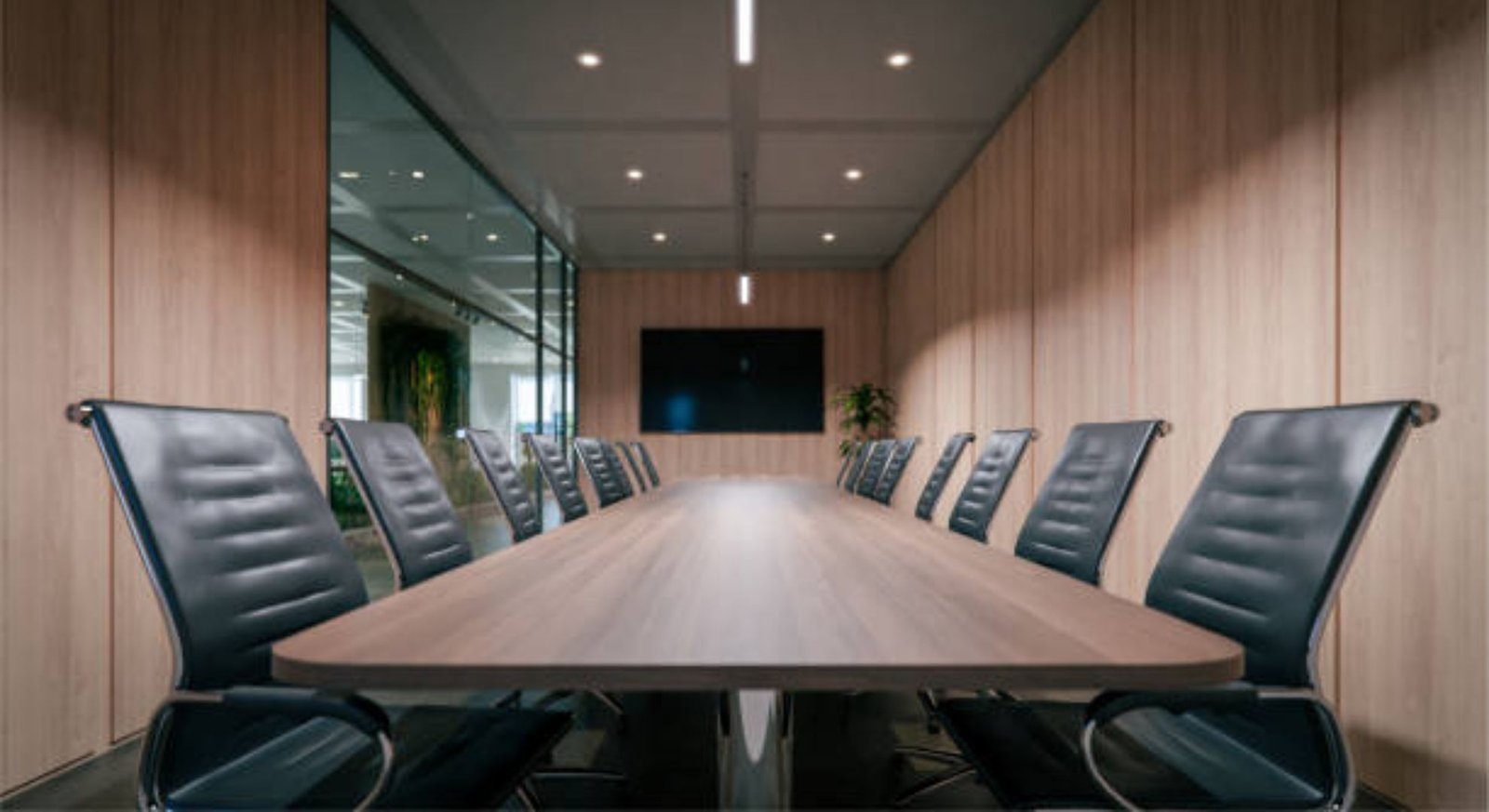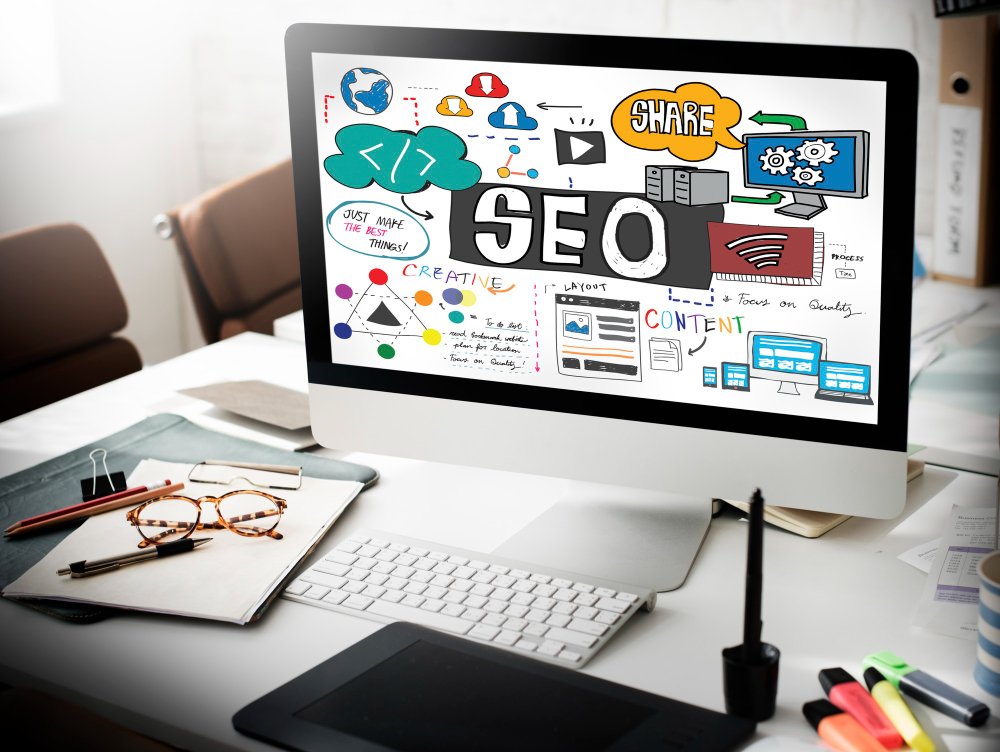Selecting the right conference table is essential for fostering effective communication and collaboration in any office environment. A well-chosen table not only enhances the aesthetic appeal of the workspace but also supports the functional needs of meetings, brainstorming sessions, and presentations. In this guide, we’ll explore key factors to consider when choosing a modern conference table design that fits your office’s unique requirements.
Understanding the Importance of Modern Conference Table Design
The design of your conference table can significantly impact the productivity and comfort of your meetings. Modern conference table designs often incorporate clean lines, innovative materials, and ergonomic features, which contribute to a professional yet inviting atmosphere. A thoughtfully designed table can facilitate better interaction among team members, making discussions more engaging and effective.
Key Factors to Consider
1. Size and Shape
When selecting a modern conference table design, the size and shape are paramount. Consider the dimensions of your meeting room and the number of participants you typically host. Common shapes include:
- Rectangular: Ideal for larger groups, allowing for effective communication across the table.
- Round: Promotes inclusivity and equality among participants, as everyone sits equidistant from one another.
- U-Shaped: Suitable for presentations, allowing for a clear view of a speaker or screen.
Make sure to leave adequate space for movement around the table, ensuring comfort for all attendees.
2. Material and Finish
Modern conference tables are available in a variety of materials, each offering distinct advantages:
- Wood: Provides a classic and warm feel, often associated with professionalism. Different finishes can enhance the aesthetic appeal and match existing office decor.
- Glass: Creates a sleek and contemporary look, ideal for modern offices. Glass tables can make a space feel larger and more open.
- Metal: Offers durability and a minimalist design. Metal frames can support large tabletops and are often used in industrial-style settings.
Choose a material that not only complements your office’s design but also stands up to the daily wear and tear of a busy workplace.
3. Functionality and Technology Integration
In today’s digital age, integrating technology into your conference table design is crucial. Look for tables that offer built-in power outlets, USB ports, and cable management systems. These features facilitate seamless presentations and discussions without the hassle of tangled cords or limited connectivity.
Additionally, consider the table’s adaptability for various meeting types. Some modern designs feature modular components that can be rearranged to suit different group sizes and meeting styles. This flexibility can significantly enhance your office’s functionality.
4. Style and Aesthetics
The aesthetic appeal of a conference table can set the tone for your office environment. Modern conference table designs often feature minimalist aesthetics with sleek lines and understated elegance. Choose colors and finishes that reflect your brand’s identity and create a cohesive look with your overall office decor.
Remember that the table is often the focal point of the meeting room, so select a design that communicates professionalism and sophistication. A well-chosen table can leave a lasting impression on clients and visitors.
5. Comfort and Ergonomics
Comfort is a crucial element that should not be overlooked. Consider the height of the table and the comfort of chairs that will accompany it. A modern conference table design should promote good posture and allow participants to engage comfortably during long meetings.
Additionally, look for tables with rounded edges or soft corners to enhance safety and comfort, particularly in high-traffic areas.
6. Budget Considerations
While it’s important to invest in a quality conference table, it’s also essential to establish a budget that aligns with your financial capabilities. Modern conference tables can range widely in price, depending on materials, design, and features. It’s worth exploring options at various price points to find a table that meets both your aesthetic and functional needs without compromising on quality.
7. Brand Image and Culture
Your conference table should reflect your company’s culture and values. If your organization promotes collaboration and open communication, a round or oval table may be more appropriate. Conversely, if your brand emphasizes professionalism and structure, a rectangular table might be the better choice.
Take into account how the table will represent your company to clients and partners, ensuring it aligns with your overall brand image.
Conclusion
Choosing the perfect modern conference table design involves carefully considering various factors, including size, material, functionality, aesthetics, comfort, budget, and brand identity. By thoughtfully evaluating these elements, you can create an inviting and productive meeting space that enhances collaboration and communication within your office. Investing in the right conference table is an investment in your team’s success. It fosters a positive environment where ideas and productivity can flourish. Take your time, explore your options, and select a table that will serve your organization well for years to come.
For more insightful articles related to this topic, feel free to visit- ( Click Here )



